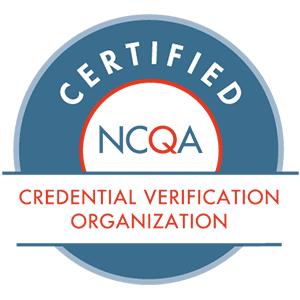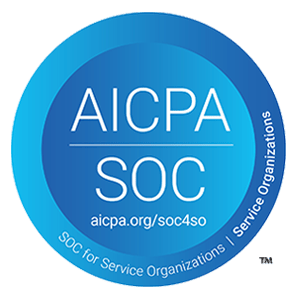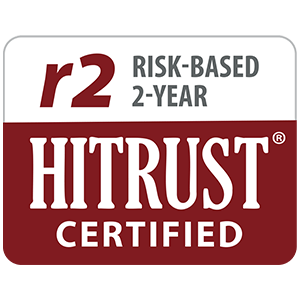To eliminate fraud in your health ecosystem, you must stay compliant with federal and state requirements for referring and ordering physicians. Continuous compliance begins with automated monitoring, cross-departmental communication, and population-specific workflow. In a recent webinar, ProviderTrust Founder Michael Rosen and Chief Compliance Officer Donna Thiel detailed ways in which your organization can effectively monitor your unique provider populations.
Using the OIG’s Special Advisory Bulletin as a guideline, we can first identify a few key elements in monitoring exclusions, as well as OIG expectations. The Special Advisory Bulletin states that “no Federal healthcare program payment may be made for any items or services furnished (1) by an excluded person or (2) at the medical direction or on the prescription of an excluded person.”
The OIG also offers guidance about avoiding liability, stating that providers “should ensure, at the point of service, that the ordering or prescribing physician is not excluded.” In particular, Civil Monetary Penalty (CMP) liabilities can apply to everything from direct and indirect patient care to administrative and management services furnished at the direction or on the prescription of an excluded person.
Monitoring every provider in your health system can be a challenging task. Every organization is comprised of a myriad of providers, including:
- Employees
- Ordering/prescribing physicians
- Vendors
- Suppliers
- Partnerships
- Provider network
- Pharmacists
- Credentialed providers
A healthcare organization’s ecosystem also includes SaaS (software as a service) components such as your electronic medical record (EMR), claims management system, revenue cycle software, and payroll system.
Recent OIG Enforcement Actions
ProviderTrust analyzed the public outpatient Medicare claims data of a large health system. Between January and September 2021, nearly 40,000 unique providers offered care through this particular organization, billing over $5.4 billion in Medicare charges. Of those almost 40,000 providers, 345 were flagged for either an opt-out or an exclusion at the federal or state level.
Concerning ordering, referring, and prescribing physicians, there were 18 excluded providers across 14 specialties, ranging from surgeons and hospitalists to family medicine. The total Medicare billings for just these 18 excluded providers totaled over $3 million.
Though this study examined data from a large health system, the ramifications of having excluded providers in your organization can still be costly for smaller health systems. In 2022, Summa Health received a penalty for allegedly violating the Civil Monetary Penalties Law. The OIG alleged that Summa Health “billed the Medicaid program or paid for claims through its Medicare Advantage Plan, SummaCare, for services or durable medical equipment ordered by three physicians who were excluded and who were not on the Summa Health medical staff.” This penalty resulted in a nearly $20,000 fine after Summa Health self-disclosed.
So what can your organization do to avoid liability and more effectively monitor your providers? One challenge in monitoring ordering/prescribing physicians is acquiring information like NPI, names, and social security numbers (SSN). Establishing cross-departmental workflow and seeking assistance from various teams can help you acquire this information.
How to calculate your ordering/prescribing physicians’ risk of exclusion liability:
- Talk with your billing team. While your electronic medical record (EMR) will have some data relating to practitioners, these systems can become out-of-date quickly if not regularly maintained and updated. However, your billing system will contain more recent claims data. Use these claims as a filter to help you determine which populations of practitioners are engaging and generating claims.
- Determine which of your practitioners are ordering, referring, and prescribing physicians. This includes non-employed and non-contracted employees. Work with your team to acquire NPIs, names, or addresses for these physicians.
- Once you receive a data set of referring and prescribing physicians generating claims in your health system, you and your leadership team can use this information to determine which of your physicians generated the most number of claims and which ones billed the most money. Continuously monitor these physicians to ensure they stay compliant with federal and state requirements.
How can ProviderTrust help?
Acquiring license information about providers can be difficult. Often, compliance professionals will only have access to a provider’s NPI, and cannot consistently rely on names, addresses, or dates of birth.
At ProviderTrust, all we need is a NPI to bring in important license information on a provider, including their name, address, and date of birth. We can offer you a full and accurate picture of your provider’s compliance using just one unique identifier while also saving your team countless hours of work. We also ensure ongoing, automated exclusion list monitoring to expose gaps and vulnerabilities that could open your organization up to risk.







